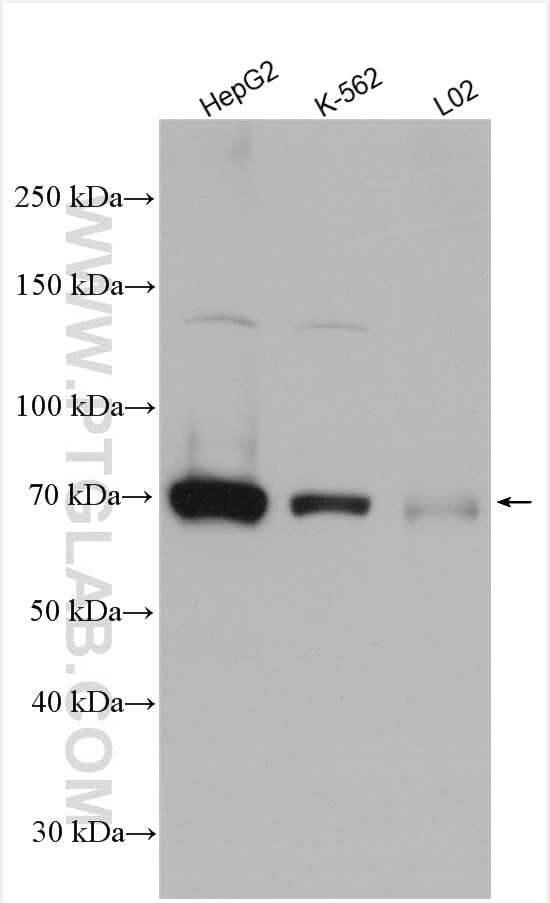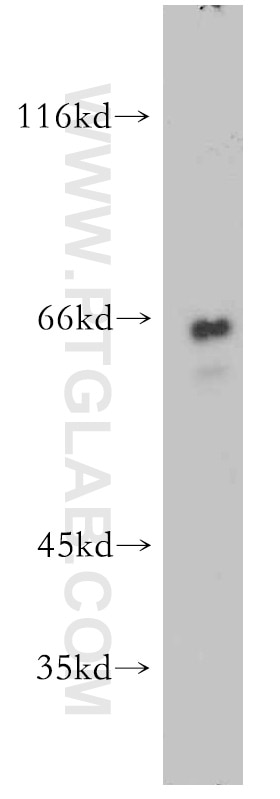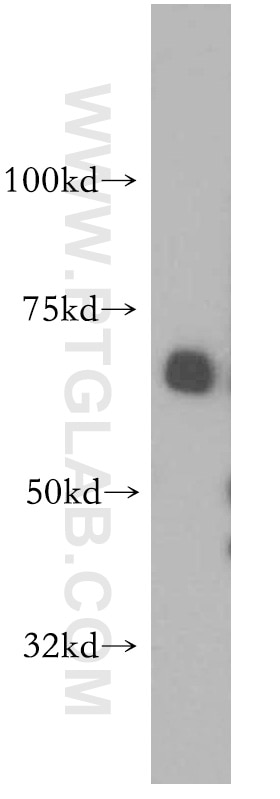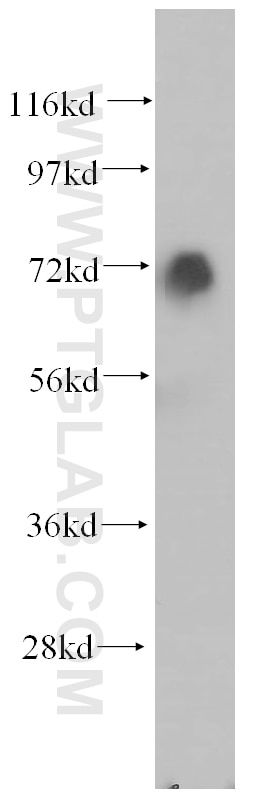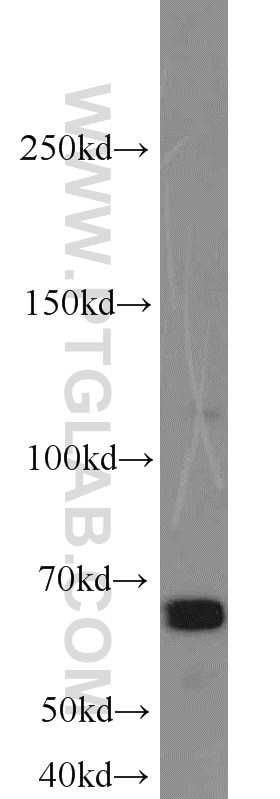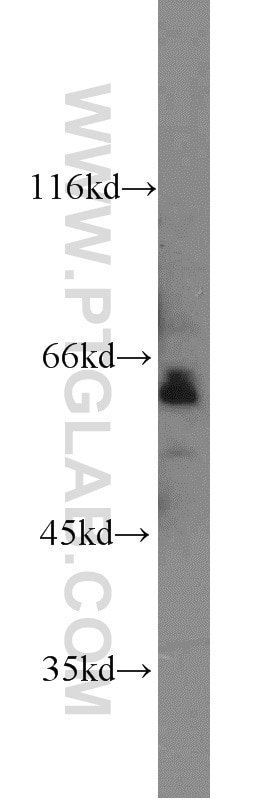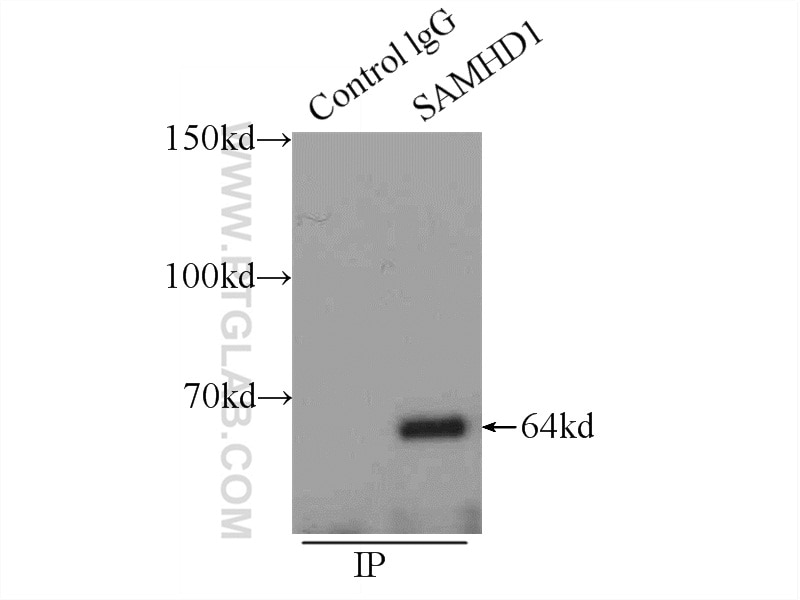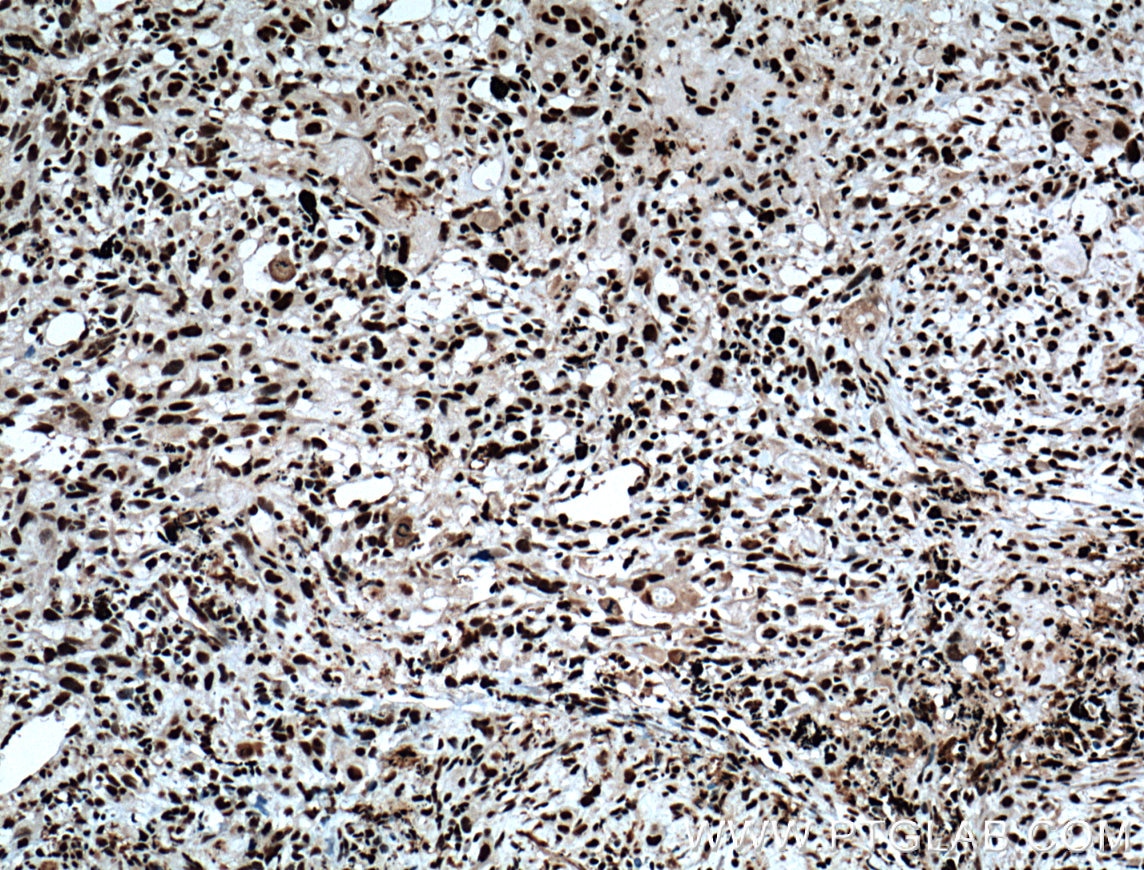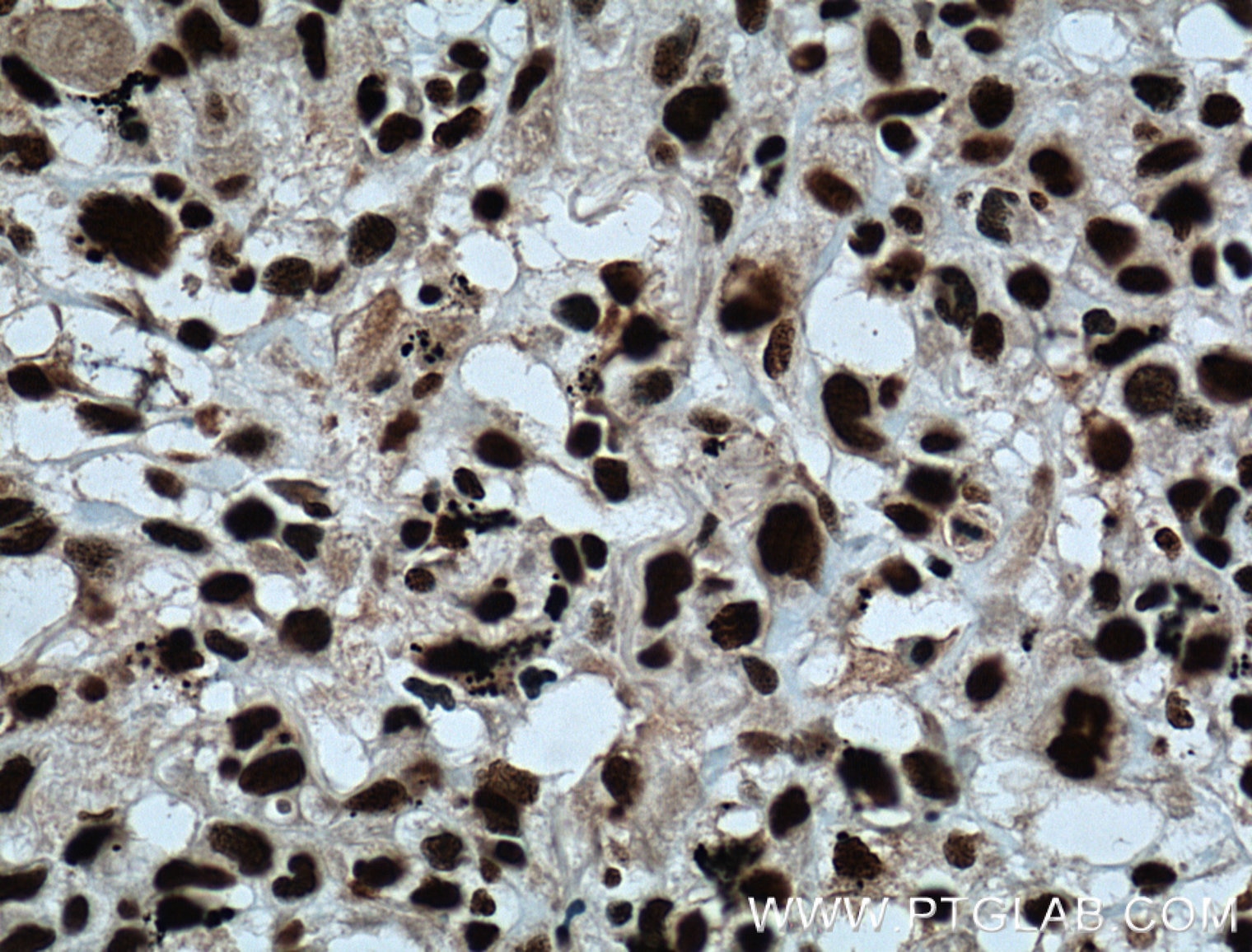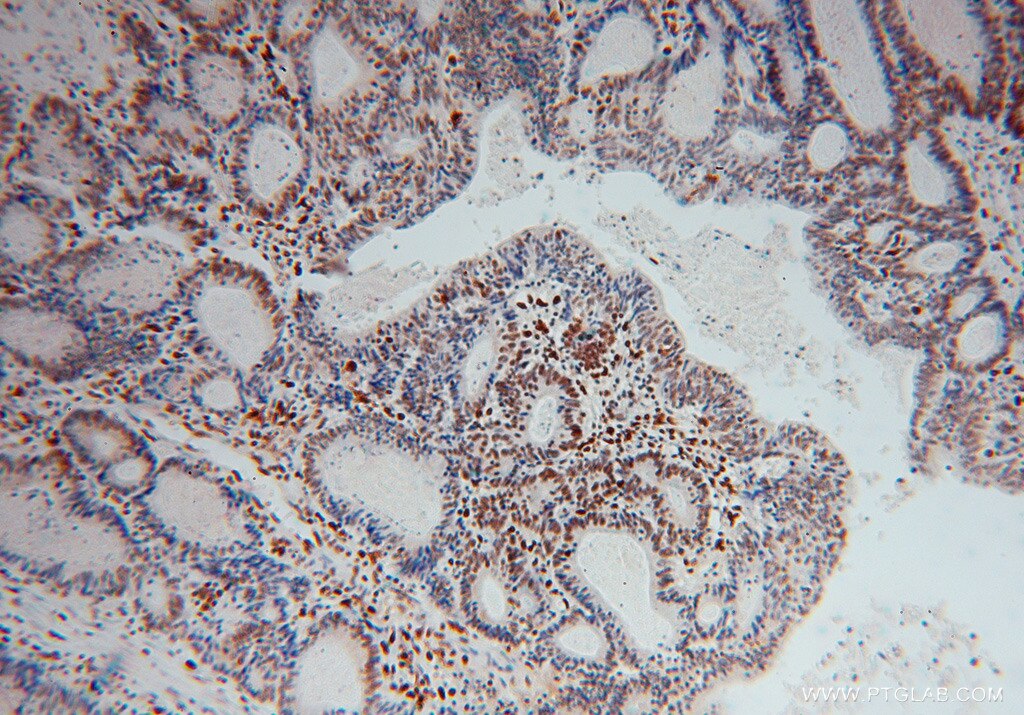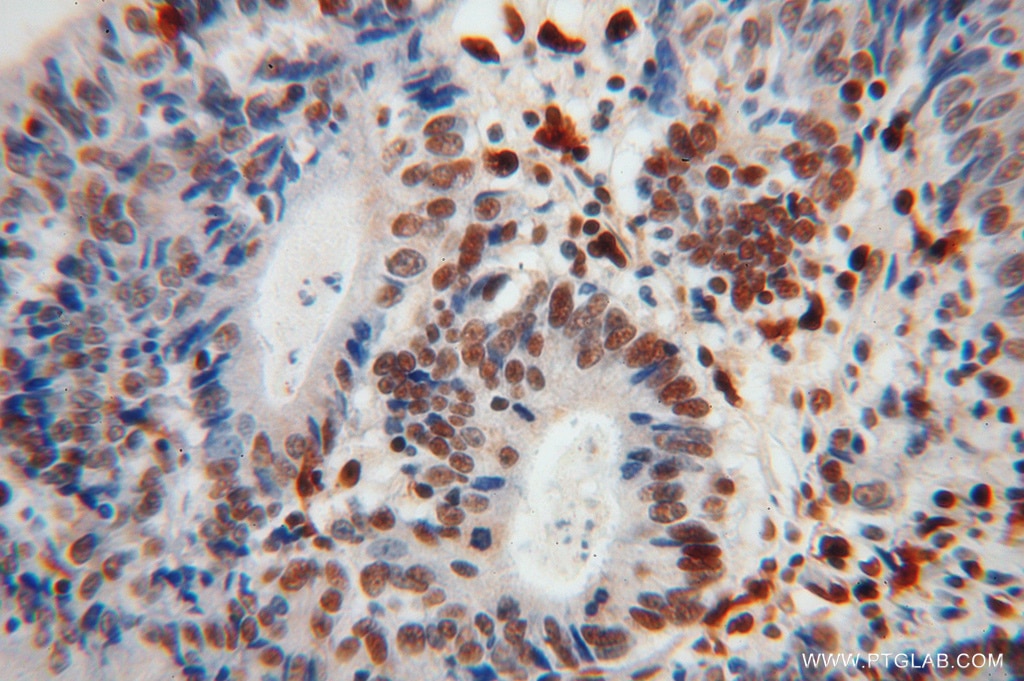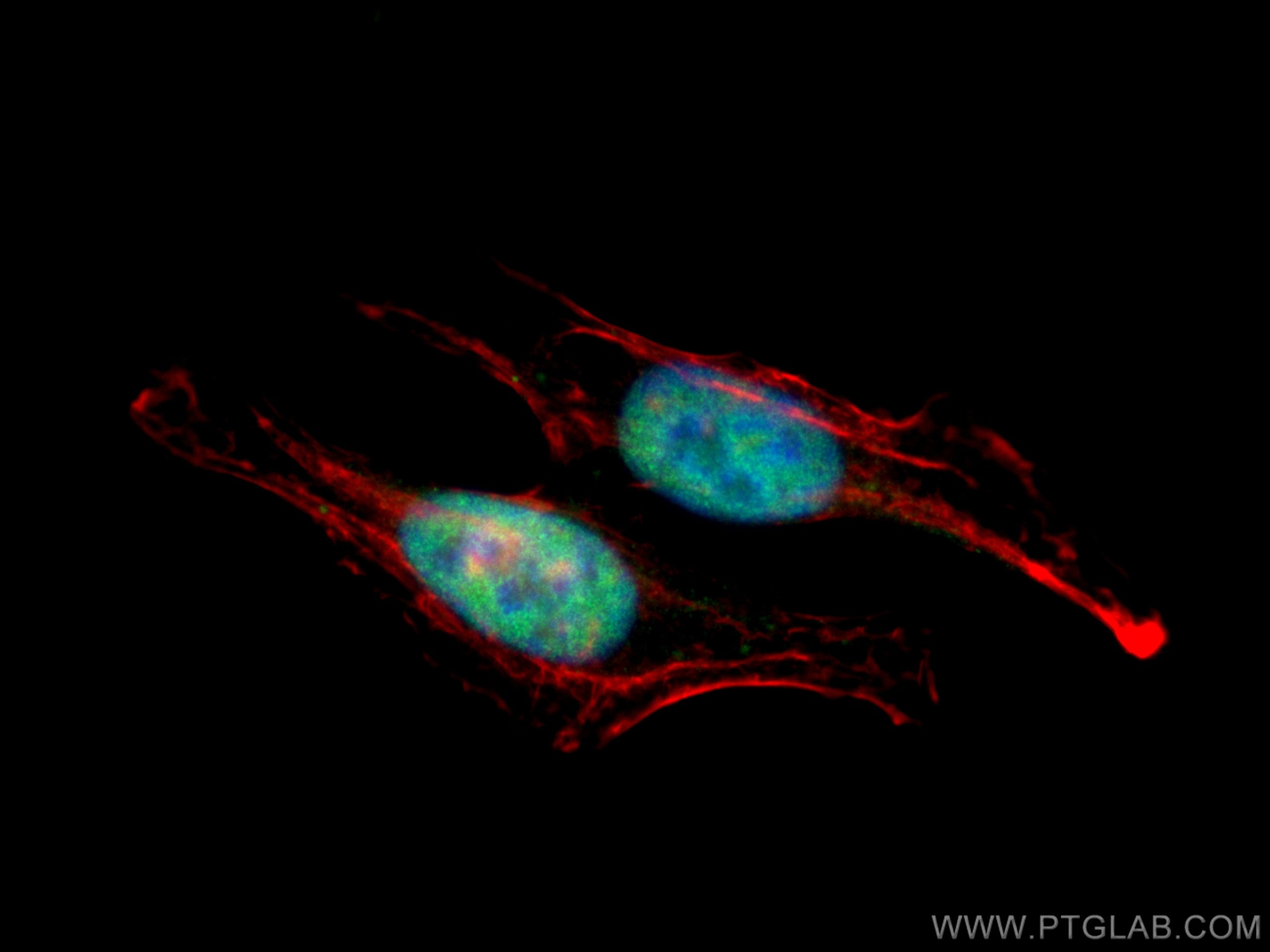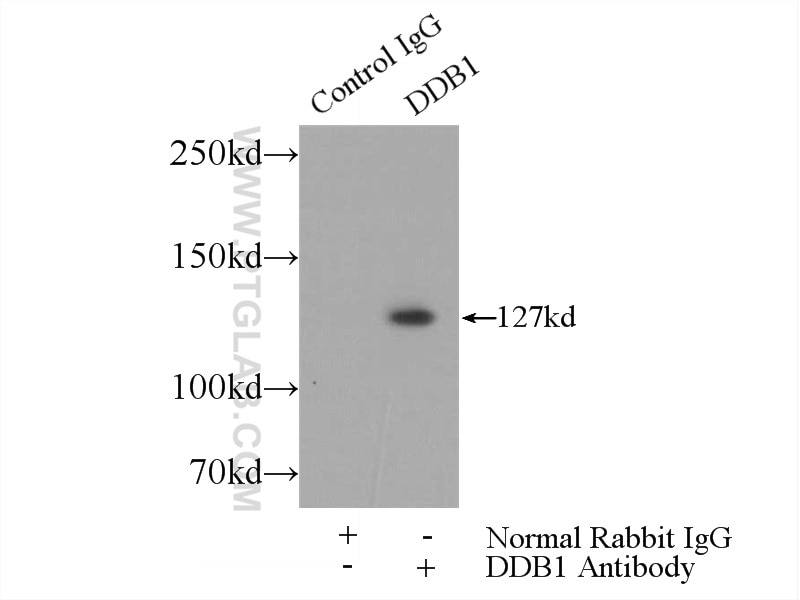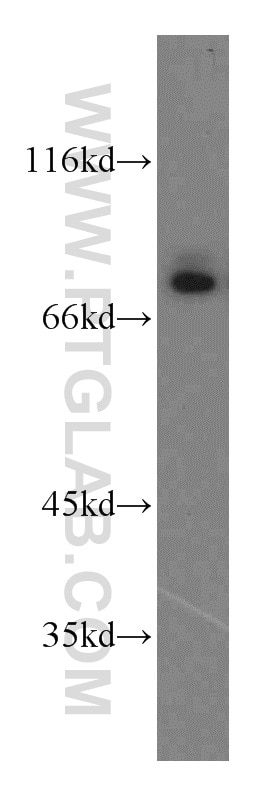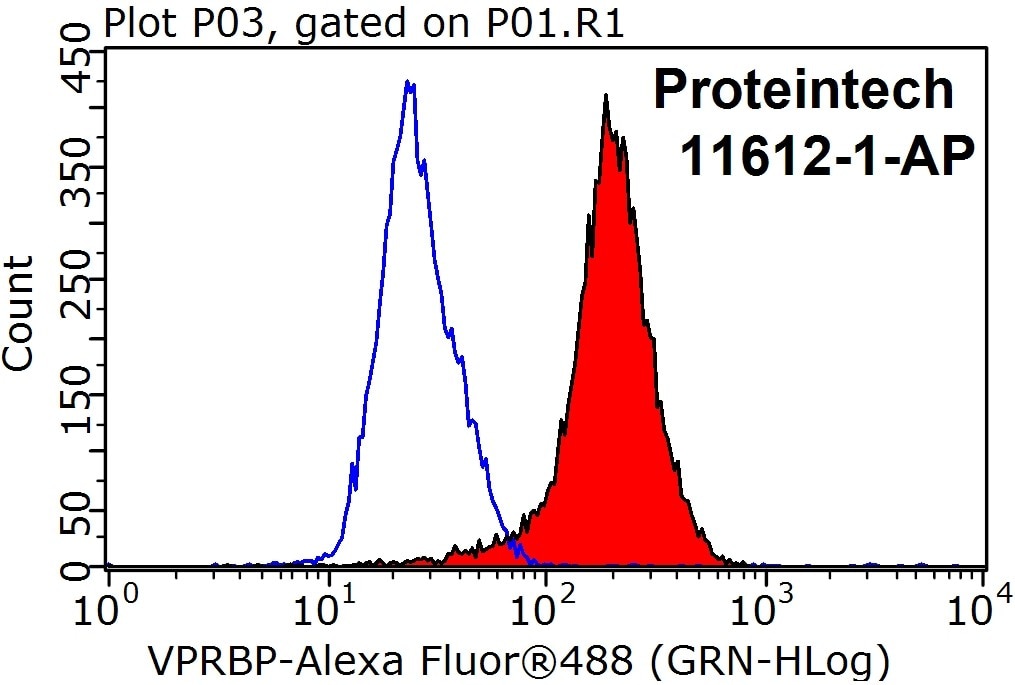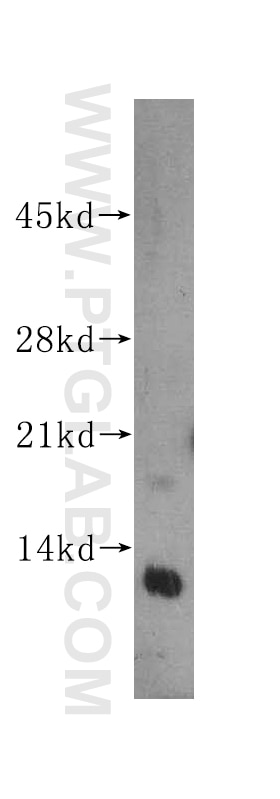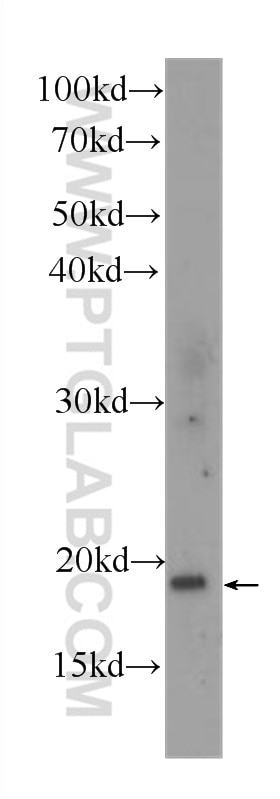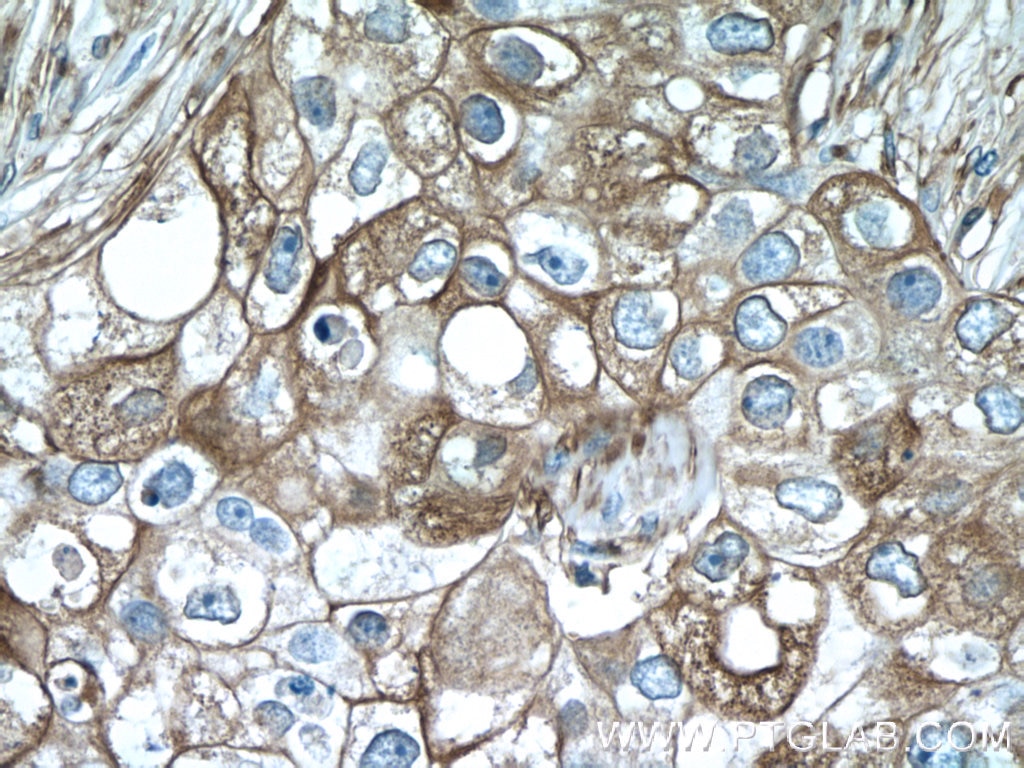- Featured Product
- KD/KO Validated
SAMHD1 Polyklonaler Antikörper
SAMHD1 Polyklonal Antikörper für WB, IHC, IF/ICC, IP, ELISA
Wirt / Isotyp
Kaninchen / IgG
Getestete Reaktivität
human, Maus, Ratte und mehr (1)
Anwendung
WB, IHC, IF/ICC, IP, ChIP, ELISA
Konjugation
Unkonjugiert
Kat-Nr. : 12586-1-AP
Synonyme
Galerie der Validierungsdaten
Geprüfte Anwendungen
| Erfolgreiche Detektion in WB | HepG2-Zellen, humanes Herzgewebe, humanes Hirngewebe, K-562-Zellen, L02-Zellen, Mausherzgewebe |
| Erfolgreiche IP | K-562-Zellen |
| Erfolgreiche Detektion in IHC | humanes Lungenkarzinomgewebe, humanes Kolonkarzinomgewebe Hinweis: Antigendemaskierung mit TE-Puffer pH 9,0 empfohlen. (*) Wahlweise kann die Antigendemaskierung auch mit Citratpuffer pH 6,0 erfolgen. |
| Erfolgreiche Detektion in IF/ICC | HepG2-Zellen |
Empfohlene Verdünnung
| Anwendung | Verdünnung |
|---|---|
| Western Blot (WB) | WB : 1:1000-1:8000 |
| Immunpräzipitation (IP) | IP : 0.5-4.0 ug for 1.0-3.0 mg of total protein lysate |
| Immunhistochemie (IHC) | IHC : 1:50-1:500 |
| Immunfluoreszenz (IF)/ICC | IF/ICC : 1:50-1:500 |
| It is recommended that this reagent should be titrated in each testing system to obtain optimal results. | |
| Sample-dependent, check data in validation data gallery | |
Veröffentlichte Anwendungen
| KD/KO | See 16 publications below |
| WB | See 44 publications below |
| IHC | See 11 publications below |
| IF | See 10 publications below |
| IP | See 3 publications below |
| FC | See 11 publications below |
| ChIP | See 1 publications below |
Produktinformation
12586-1-AP bindet in WB, IHC, IF/ICC, IP, ChIP, ELISA SAMHD1 und zeigt Reaktivität mit human, Maus, Ratten
| Getestete Reaktivität | human, Maus, Ratte |
| In Publikationen genannte Reaktivität | human, Affe, Maus |
| Wirt / Isotyp | Kaninchen / IgG |
| Klonalität | Polyklonal |
| Typ | Antikörper |
| Immunogen | SAMHD1 fusion protein Ag3287 |
| Vollständiger Name | SAM domain and HD domain 1 |
| Berechnetes Molekulargewicht | 626 aa, 72 kDa |
| Beobachtetes Molekulargewicht | 64-72 kDa |
| GenBank-Zugangsnummer | BC036450 |
| Gene symbol | SAMHD1 |
| Gene ID (NCBI) | 25939 |
| Konjugation | Unkonjugiert |
| Form | Liquid |
| Reinigungsmethode | Antigen-Affinitätsreinigung |
| Lagerungspuffer | PBS mit 0.02% Natriumazid und 50% Glycerin pH 7.3. |
| Lagerungsbedingungen | Bei -20°C lagern. Nach dem Versand ein Jahr lang stabil Aliquotieren ist bei -20oC Lagerung nicht notwendig. 20ul Größen enthalten 0,1% BSA. |
Hintergrundinformationen
SAMHD1, highly expressed by monocytes and monocyte-derived dendritic cells and by monocyte-derived macrophages at a lower extent, is reported as an HIV-1 restriction factor that inhibits the early step of the HIV-1 life cycle. Vpx (virus-like particles containing viral protein X) could overcome this block by interacting with SAMHD1, inducing proteasome-dependent degradation of SAMHD1. Mutations in SAMHD1 cause Aicardi-Goutières syndrome, a genetic encephalopathy with presumed immune pathogenesis. Three alternatively spliced transcripts encoding different isoforms have been described.
Protokolle
| Produktspezifische Protokolle | |
|---|---|
| WB protocol for SAMHD1 antibody 12586-1-AP | Protokoll herunterladen |
| IHC protocol for SAMHD1 antibody 12586-1-AP | Protokoll herunterladen |
| IF protocol for SAMHD1 antibody 12586-1-AP | Protokoll herunterladen |
| IP protocol for SAMHD1 antibody 12586-1-AP | Protokoll herunterladen |
| Standard-Protokolle | |
|---|---|
| Klicken Sie hier, um unsere Standardprotokolle anzuzeigen |
Publikationen
| Species | Application | Title |
|---|---|---|
Nat Genet Mutations involved in Aicardi-Goutières syndrome implicate SAMHD1 as regulator of the innate immune response. | ||
Nat Microbiol Human cytomegalovirus overcomes SAMHD1 restriction in macrophages via pUL97. | ||
Immunity Tissue Myeloid Cells in SIV-Infected Primates Acquire Viral DNA through Phagocytosis of Infected T Cells. |
Rezensionen
The reviews below have been submitted by verified Proteintech customers who received an incentive for providing their feedback.
FH Roy (Verified Customer) (06-15-2024) | Great antibody that recognizes specifically SAMHD1 in THP1 cells and MDM, validated through the use of HIV-2 Vpx
|
